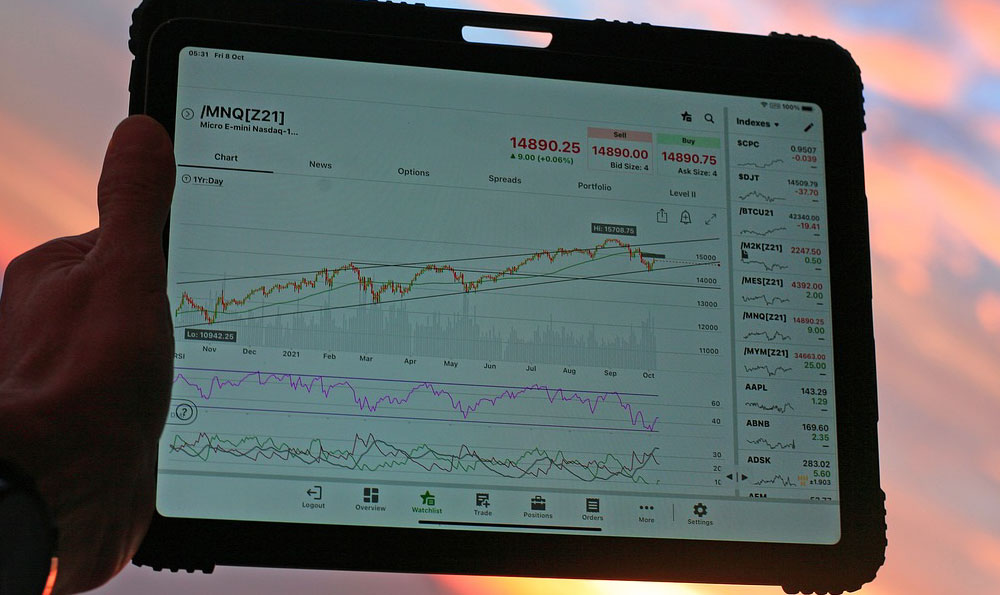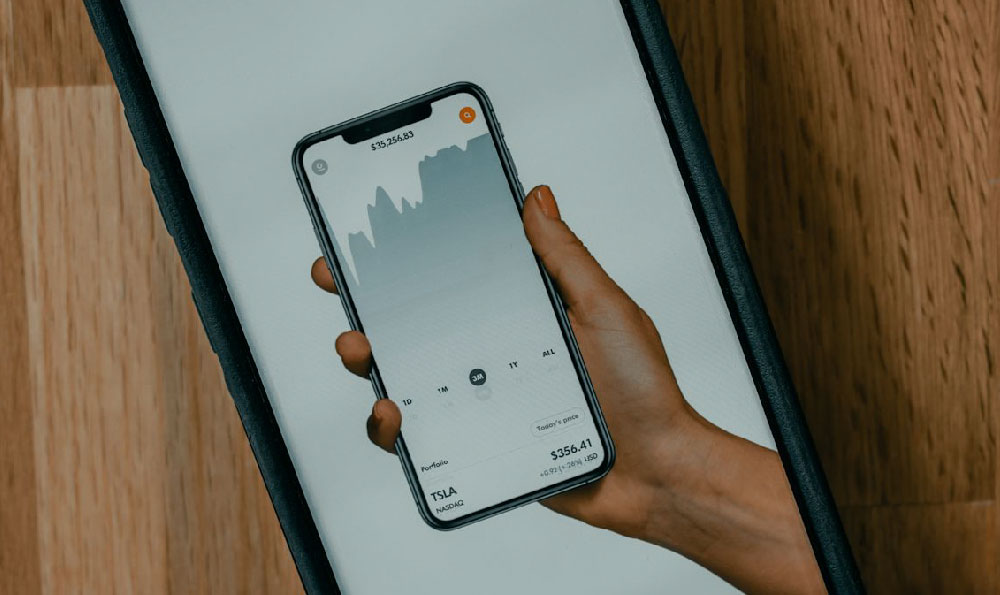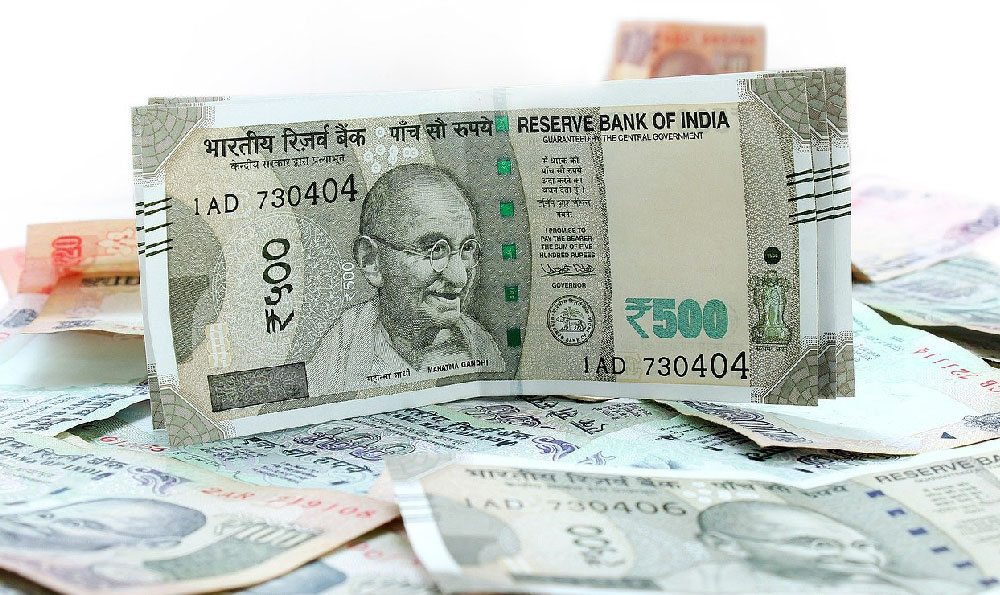In the competitive world of mobile applications, where users have endless choices at their fingertips, developers often turn to free apps as a strategic tool to attract a broad audience. Yet, the question remains – how do these seemingly costless offerings manage to generate substantial revenue? As the digital economy continues to evolve, the methods of monetization for free apps have become increasingly sophisticated, blending user experience with financial viability in ways that challenge traditional notions of app pricing. Understanding these mechanisms reveals a nuanced landscape where creativity, data analytics, and market trends intersect to create sustainable盈利 models.
One of the most prevalent approaches involves leveraging in-app purchases as a gateway to monetization. While the core application is offered at no cost, developers strategically introduce premium features or virtual goods that users can acquire through microtransactions. This model thrives on the psychological principle of scarcity, with features like exclusive content, enhanced functionality, or cosmetic upgrades acting as incentives for users to invest. For instance, productivity apps may offer ad-free versions or additional storage capacity, while gaming apps often provide in-game purchases such as character skins or power-ups. The success of this method hinges on striking a balance between functionality and monetization, avoiding user backlash while ensuring profitability.
Advertising revenue streams represent another cornerstone of free app monetization. By integrating advertisements within the application interface, developers tap into a vast market where businesses pay for user engagement. This strategy is particularly effective in apps with high daily active users, as the sheer volume of impressions can translate into significant income. However, the effectiveness of this model depends heavily on user experience – intrusive ads may lead to uninstalls, while well-placed, non-disruptive advertisements can enhance engagement without compromising usability. The key lies in personalizing ad content based on user behavior and preferences, a practice that has been refined through advanced data analytics. For example, apps that track user habits can tailor ads to specific interests, increasing the likelihood of user interaction and ad effectiveness.

Subscription-based models have emerged as a compelling alternative for free apps, offering users access to premium features on a recurring basis. This approach is particularly popular in apps that provide ongoing value, such as streaming services, fitness trackers, or news platforms. By offering a "freemium" structure, where basic features are free but advanced access requires payment, developers can cater to both casual and committed users. The success of this model often depends on the perceived value of the subscription, with users being more willing to pay for features that significantly enhance their experience. For instance, apps that offer offline access, advanced analytics, or exclusive content are more likely to attract loyal subscribers.
Monetization through affiliate marketing presents yet another pathway for free apps to generate revenue. By partnering with companies that offer complementary products or services, developers can earn a commission on user purchases made through their app. This method is particularly effective in apps that guide users toward external services, such as fitness apps that recommend workout gear or travel apps that offer booking partnerships. The key to success here is ensuring that the affiliate links provide genuine value to users, as forced promotions can damage brand trust and user experience.
Data-driven monetization strategies have also gained traction, with developers utilizing user analytics to create targeted monetization opportunities. By analyzing user behavior, preferences, and engagement patterns, developers can identify the most effective monetization points without alienating users. For example, an app that tracks user habits can offer personalized recommendations for in-app purchases or subscriptions, increasing the likelihood of conversion. This approach requires a delicate balance between personalization and user privacy, as data collection must be transparent and ethical to maintain user trust.
The future of free app monetization is likely to be shaped by emerging technologies such as artificial intelligence and blockchain. AI can enhance personalization, allowing developers to create more tailored monetization experiences that resonate with users. Blockchain, on the other hand, could introduce new models of microtransactions and decentralized revenue sharing, providing users with greater control over their spending. As these technologies continue to develop, the landscape of free app monetization will become even more diverse, presenting new opportunities for both developers and users. Ultimately, the key to successful monetization lies in creating a seamless user experience while strategically integrating revenue-generating elements, ensuring that the app remains valuable and profitable in the long run.












